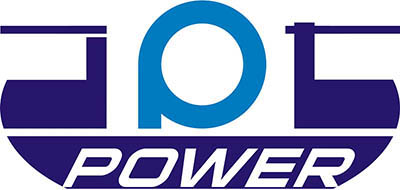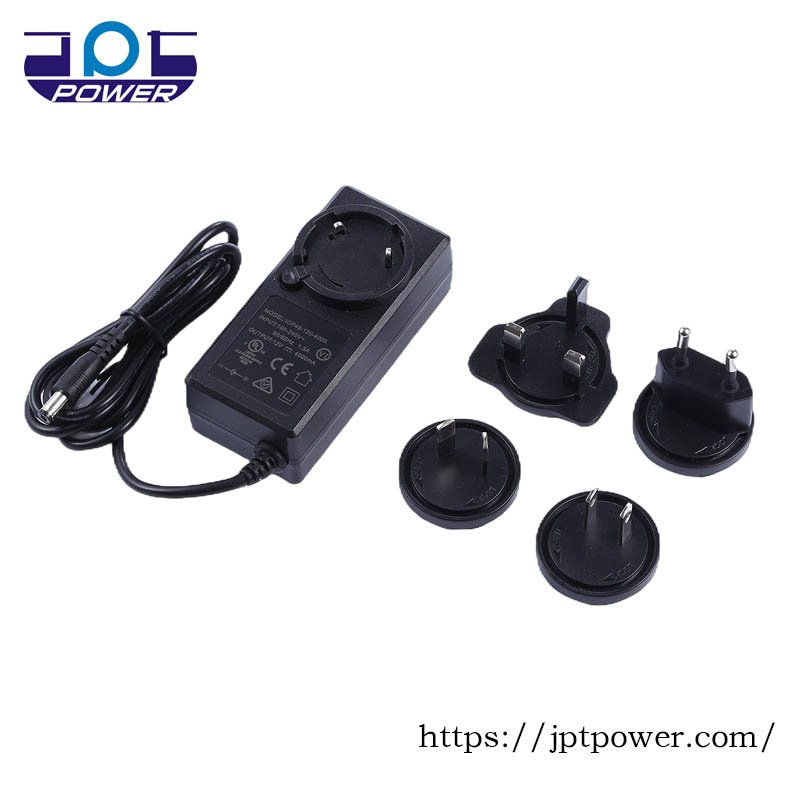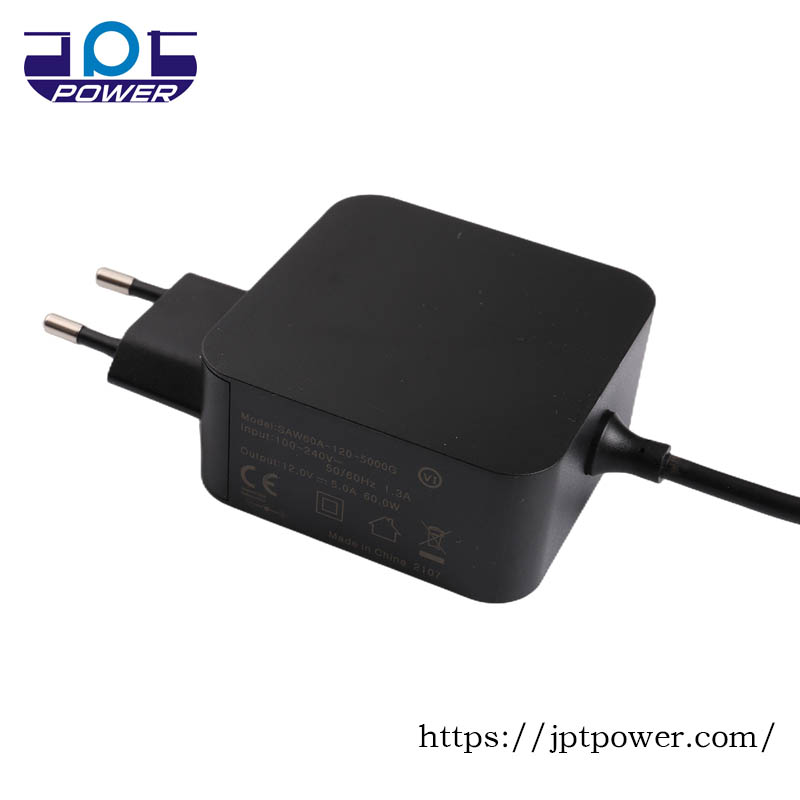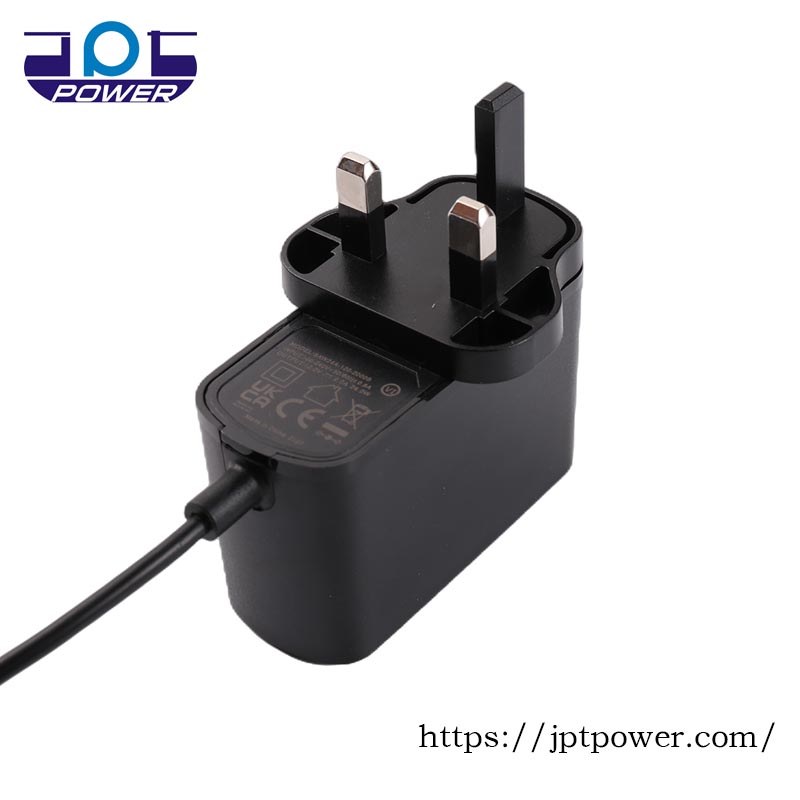What is IEC 61558 standard? What you need to know
A. Importance and scope of adapters Adapters are electronic devices used to convert electrical energy from one power source to another form for use by other devices. They play a crucial role in various electronic products such as laptops, phone chargers, household appliances, etc. Adapters convert power voltages and frequencies from the power grid or other energy sources into power requirements suitable for specific devices.
B. Background and purpose of introducing IEC 61558 standard The IEC 61558 standard is developed by the International Electrotechnical Commission (IEC) with the aim of ensuring the safety and interoperability of adapters. With the widespread use of adapters in daily life and industrial applications, electrical safety and performance requirements have become particularly important. As an international standard, IEC 61558 provides specifications and guidelines for the design, manufacturing, and testing of adapters to ensure compliance with international requirements in terms of safety and reliability.
II.Overview of IEC 61558 standard
A. Definition and scope of the standard
1. Introduction to IEC (International
Electrotechnical Commission) The International Electrotechnical Commission is
an international standards organization dedicated to the development and
promotion of standards related to electrical, electronic, and related
technologies. IEC 61558 is one of the important standards of this commission.
2. Definition and coverage of IEC 61558
standard The IEC 61558 standard specifies the design, manufacturing, and
testing requirements for various types of adapters such as low-voltage
adapters, transformers, power converters, etc. It covers electrical safety
performance, temperature and thermal management, mechanical structure, and
other factors related to adapter performance.
B. Publication history and versions of the
standard
1. Different versions of the standard and
their updates Since its initial release, the IEC 61558 standard has undergone
multiple versions of updates and revisions. Each new version presents updated
requirements and guidelines for addressing deficiencies and improvements in
previous versions. These updates may involve electrical safety requirements,
temperature and thermal management requirements, and other relevant aspects.
2. Important changes and improvements in
the latest version The latest version of the IEC 61558 standard may include
more stringent requirements for adapter design and testing to adapt to evolving
technologies and market demands. These improvements may involve higher
electrical safety standards, more precise temperature control requirements, and
updates in other relevant aspects.
C. Types of devices covered by the standard
1. Application of adapters in various devices Adapters are widely used in various
types of devices, including consumer electronics, industrial equipment, medical
devices, etc. Their function is to convert power voltages and frequencies into
forms suitable for various devices.
2. Requirements for different types of devices The IEC 61558 standard presents specific requirements for different types of adapter devices. These requirements may involve electrical safety performance, temperature and thermal management, mechanical structure, and other factors related to device performance.
III. Basic principles of the IEC 61558 standard
The IEC 61558 standard is developed to ensure the electrical safety performance, reliability, and interoperability of adapters. The following are the basic principles of this standard:
1. Electrical safety: The IEC 61558 standard emphasizes the electrical safety performance of adapters to ensure sufficient protection under normal and abnormal conditions. The standard specifies standards for insulation levels, dielectric strength, grounding and connector requirements, etc., to protect users from electrical shocks, fires, and other potential hazards.
2. Temperature and thermal management: Adapters generate heat during operation, and if not properly handled and dissipated, it may cause equipment failures or fires. The IEC 61558 standard requires adapters to effectively control temperature under normal working conditions and have thermal management mechanisms such as heat sinks, fans, or thermal protection devices to ensure device stability and safety.
3. Mechanical structure and design: The mechanical structure and design of adapters also have a significant impact on their performance and safety. The IEC 61558 standard requires adapters to have appropriate mechanical strength and stability to withstand vibrations, shocks, and other external forces. Additionally, the standard specifies requirements for the appearance design of adapters, including dimensions, socket installation, etc., to ensure suitability for various usage environments and devices.
4. Protection rating: Different types of adapters may be used in different working environments, requiring appropriate protection ratings to cope with various conditions. The IEC 61558 standard classifies adapters into different levels and presents corresponding requirements for each level, such as waterproof ratings, dustproof ratings, etc., to ensure safe operation in specific environments.
5. Testing and certification: The IEC 61558 standard also specifies the testing and validation methods to be carried out during the design and production process of adapters. These tests cover electrical, mechanical, and performance requirements to ensure compliance with the standard. Only through relevant testing and certification procedures can adapters obtain certification that complies with the IEC 61558 standard, ensuring their safety and reliable quality.
The basic principles of the IEC 61558 standard aim to ensure the electrical safety, reliability, and interoperability of adapters, providing clear guidance for designers and manufacturers to meet international requirements and ensure user safety. By following these principles, adapters can operate stably in various application scenarios, providing users with reliable power conversion solutions.
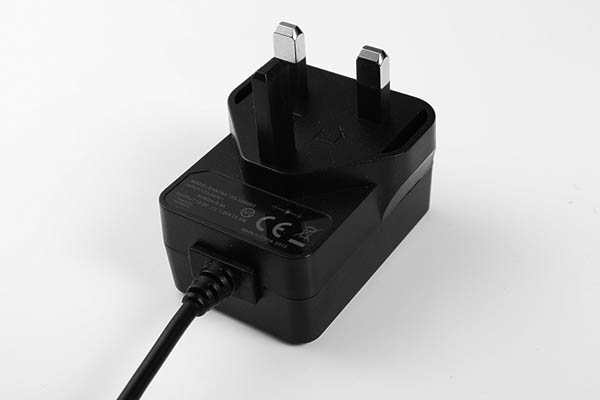
61558 certified power adapters can help you apply on small household appliances, if you need, please feel free to contact your dedicated technical consultants, they can efficiently help you solve problems and complete your order
IV. Testing and validation methods of the IEC 61558 standard
1. Electrical performance testing: This testing aims to verify whether the electrical parameters of the adapter comply with the requirements of the standard. Common test items include input-output voltage measurement, current measurement, power factor measurement, harmonic distortion measurement, etc. These tests can be conducted using professional testing equipment such as digital multimeters, oscilloscopes, and power factor testers.
2. Insulation testing: Insulation testing is used to evaluate the insulation performance of the adapter, involving the electrical isolation between the internal circuit of the adapter and the external environment. Common insulation testing methods include insulation resistance measurement and withstand voltage testing. By checking if the insulation resistance value and withstand voltage are within the range specified by the standard, the insulation performance of the adapter can be determined.
3. Temperature testing: Temperature testing is used to evaluate the temperature rise of the adapter under normal working conditions and ensure that it does not exceed the specified limits. The test typically involves monitoring the operating time of the adapter under different load conditions, measuring the surface temperature of various components, and conducting thermal analysis to determine the need for heat dissipation measures or the use of thermal protection devices.
4. Mechanical strength testing: This testing aims to assess whether the structural design of the adapter can withstand vibrations, shocks, and other external forces. Common mechanical strength tests include earthquake resistance testing, mechanical shock resistance testing, and connector fastening force testing. These tests can be conducted by simulating the physical environment of the adapter under different working conditions using specialized equipment.
5. Reliability testing: Reliability testing is used to assess the performance and stability of the adapter during long-term use. It includes life testing, high-temperature aging testing, humidity-heat aging testing, etc. By monitoring and analyzing the long-term operation and exposure of the adapter under different environmental conditions, the reliability in actual use can be predicted, and potential issues can be identified.
6. Safety certification: Safety certification is an important step in confirming whether the adapter complies with the requirements of the IEC 61558 standard. Certification bodies comprehensively evaluate the adapter based on the results of the above tests, including safety performance, electrical performance, mechanical structure, reliability, etc. Only through certification can the adapter obtain recognition that complies with the standard and obtain the corresponding safety certification mark.
The above are the main testing and validation methods in the IEC 61558 standard. Through these tests, manufacturers can assess the performance, quality, and reliability of adapters to ensure compliance with international standard requirements and provide users with safe and reliable products.
V. Market applications and impact of the IEC 61558 standard
1. Improved product quality: As an important standard in the field of power electronic products, the IEC 61558 standard has driven manufacturers of adapters and other products to improve product design, processes, and testing methods, thereby enhancing product quality, reliability, and safety, gaining more trust and support from users.
2. Unified international standards: The IEC 61558 standard is not only widely applied in Europe but also adopted by many other countries and regions as an internationally recognized specification for power adapters. This helps establish a common reference framework for technical exchanges, cooperation, and trade among enterprises from different countries, promoting industry globalization and international trade development.
3. Protection of consumer rights: The widespread application of the IEC 61558 standard ensures that products such as adapters meet international standards in terms of safety performance, electrical performance, mechanical strength, reliability, etc. This helps protect consumer rights and avoids safety accidents and economic losses caused by inferior product quality.
4. Promoting the development of new technologies: The development and application of technologies related to products covered by the IEC 61558 standard have been driven by its formulation and updates. As technology continues to innovate and advance, the standard will be upgraded and updated according to market demand and technological changes, promoting innovation and sustainable development in the power electronics industry.
In summary, the IEC 61558 standard, as an international standard in the field of power adapters, has broad applications and impacts. It improves product quality, ensures consumer rights, promotes international trade and technical exchanges, and drives the development and application of new technologies in the power electronics industry, laying the foundation for its sustainable development.
VI. Conclusion
The IEC 61558 standard is an important international standard in the field of power adapters and similar products. It specifies the design, manufacturing, and testing requirements for adapters, aiming to ensure their safety, reliability, and quality. The standard covers various aspects such as electrical performance, insulation performance, temperature performance, mechanical strength, and reliability, and evaluates adapters’ compliance with the standard through relevant testing and validation methods.
Adhering to the IEC 61558 standard helps improve the quality and reliability of adapter products, promotes international trade and technical exchanges, and protects consumer rights. Furthermore, the continuous updates of the standard also drive the development and application of new technologies in the field of power electronics, promoting innovation and sustainable development in the industry.
Therefore, manufacturers should adhere to the IEC 61558 standard to ensure that their adapter products meet the standard’s requirements and obtain safety certification marks through evaluation by certification bodies. When purchasing adapter products, consumers should pay attention to whether they comply with the IEC 61558 standard and choose certified products to ensure product quality, safety, and reliability.
JPT POWER produces power adapters with UL60950, UL62368, UL61558, UL60335, UL1310 and other certification standards, please contact your sales consultant for the latest product information
